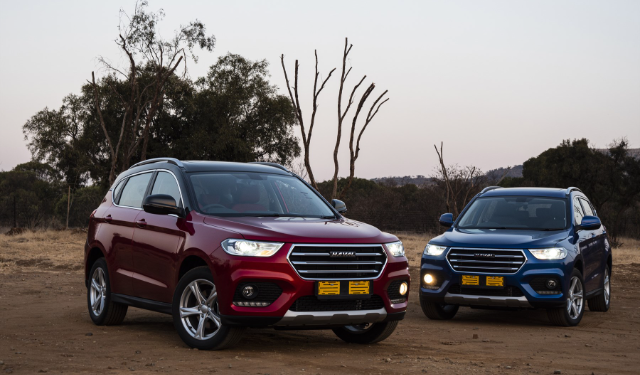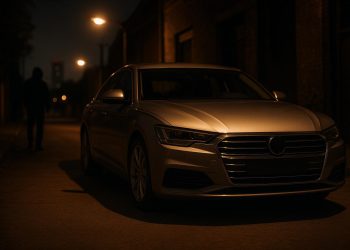In the dynamic world of compact SUVs, the Haval H2, Nissan Qashqai, and Toyota RAV4 stand out as formidable contenders. This comprehensive comparison aims to dissect their key attributes, from performance and design to technology and safety. By delving into their strengths and weaknesses, we unveil the ultimate winner among these giants of the road.
Performance Battle
The battle commences with performance, where each contender showcases distinct characteristics. The Haval H2 boasts a peppy engine and responsive handling, making city manoeuvring a breeze. The Nissan Qashqai combines a smooth ride with balanced power delivery, while the Toyota RAV4 delivers a blend of spirited acceleration and refined dynamics, catering to varied driving preferences.
Design Distinctions
In the realm of design, each SUV forges its own identity. The Haval H2 boasts sleek lines and contemporary styling, appealing to the urban explorer. The Nissan Qashqai embodies European flair with a distinctive grille and refined accents. Meanwhile, the Toyota RAV4’s bold stance and rugged elements evoke a sense of adventure. Aesthetics blend with practicality as each contender offers ample space and versatile cargo solutions.
Technological Triumphs
As technology continues to shape driving experiences, these SUVs elevate connectivity and convenience. The Haval H2 impresses with its user-friendly infotainment system and smartphone integration. The Nissan Qashqai embraces advanced driver-assistance features, while the Toyota RAV4 offers a comprehensive suite of safety tech, including adaptive cruise control and automatic emergency braking.
Safety Showdown
Safety is paramount, and all three contenders prioritise occupant protection. The Haval H2 equips itself with a solid array of safety features, including stability control and multiple airbags. The Nissan Qashqai introduces intelligent safety technologies, while the Toyota RAV4’s robust safety suite contributes to its reputation as a secure family vehicle.
Interior Comfort Explored
Interior comfort beckons occupants into a realm of relaxation and convenience. The Haval H2 impresses with well-padded seats and a modern cabin layout. The Nissan Qashqai offers a refined atmosphere with quality materials and a focus on driver comfort. Meanwhile, the Toyota RAV4 balances form and function, providing a spacious interior that caters to both driver and passengers.
Fuel Efficiency and Economy
Economic considerations play a pivotal role in vehicle ownership. The Haval H2 excels with fuel efficiency, making it an ideal companion for budget-conscious drivers. The Nissan Qashqai balances performance and economy, while the Toyota RAV4 demonstrates impressive efficiency, particularly in hybrid configurations. Calculating long-term savings involves factoring in fuel prices and driving patterns.
Ownership Costs Evaluated
The financial aspect extends beyond the initial purchase, encompassing maintenance and overall ownership costs. The Haval H2’s affordable maintenance adds to its allure, while the Nissan Qashqai balances service costs and features. The Toyota RAV4’s reputation for reliability and solid resale value contributes to its cost-effectiveness.
Crowning the Champion
A victor emerges in the thrilling contest of Haval H2 vs. Nissan Qashqai vs Toyota RAV4. The ultimate winner depends on personal preferences and priorities. The Haval H2 impresses with its affordability and nimble handling, catering to urban adventurers. The Nissan Qashqai presents a refined package with advanced safety tech, suiting those seeking a comfortable ride. Finally, the Toyota RAV4 shines as a versatile all-rounder, offering a blend of performance, technology, and reliability.
Final Word
As the dust settles in this showdown, the Haval H2, Nissan Qashqai, and Toyota RAV4 each carve a distinct path in compact SUVs. While each contender brings unique strengths, the ultimate decision hinges on your lifestyle, priorities, and driving aspirations.





